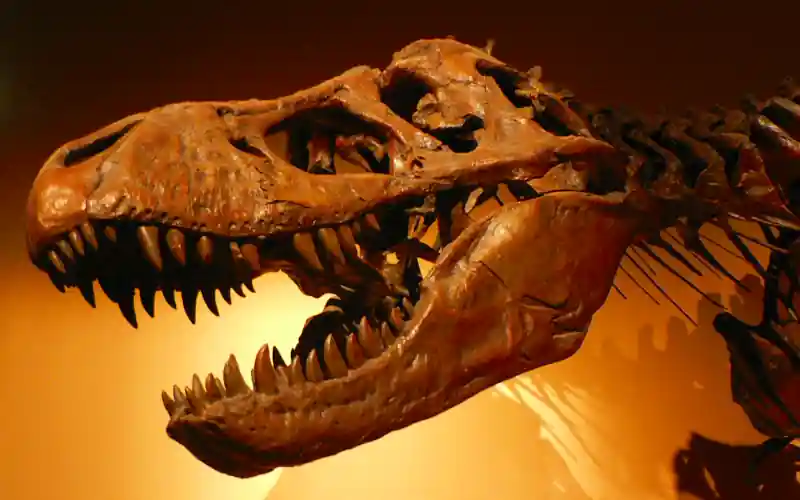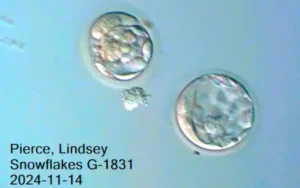How Giant Dinosaurs Evolved Diverse Feeding Styles

- A new study reveals that large carnivorous dinosaurs like T. rex, Spinosaurus, and Giganotosaurus developed distinct skull designs and bite strategies.
Crushing Power vs. Precision Tactics
A recent study published in Current Biology has shed light on the biomechanical diversity among large carnivorous dinosaurs. Led by Dr. Andre Rowe and Professor Emily Rayfield from the University of Bristol, the research analyzed the skull structure and bite mechanics of 18 theropod species. While Tyrannosaurus rex stood out for its bone-crushing bite force, other giants like Spinosaurus and Giganotosaurus relied on slashing or precision feeding techniques. These findings challenge the notion that size alone dictated feeding style among prehistoric predators.
Using 3D scans and finite element analysis, the team simulated how different skulls handled stress during biting. T. rex exhibited deep, rigid skulls optimized for high-force impacts, similar to modern crocodiles. In contrast, species like Allosaurus had lighter, more flexible skulls that distributed stress differently. This variation suggests that evolutionary pressures led to multiple successful strategies for predation at large body sizes.
Evolutionary Paths Across Time and Geography
The study spans a wide temporal range, from early theropods like Herrerasaurus in the Triassic to late Cretaceous giants such as T. rex. Despite reaching similar sizes, these dinosaurs evolved in different regions and epochs, resulting in distinct skull morphologies. For example, Giganotosaurus lived in mid-Cretaceous Argentina, while Spinosaurus roamed North Africa around the same time. Both predated T. rex by roughly 30 million years, yet their feeding adaptations diverged significantly.
Spinosaurus had a long, narrow snout suited for catching fish, though fossil evidence indicates it also consumed other animals like pterosaurs. Giganotosaurus, while large, lacked the reinforced skull needed for high-pressure bites. These differences underscore that ecological roles were shaped not just by size but by skull architecture and muscle dynamics. The researchers found no consistent correlation between body size and skull stress, further supporting the idea of functional diversity.
Implications for Dinosaur Ecosystems
Dr. Rowe emphasized that there was no single “correct” way to be a giant meat-eater. Some species relied on brute force, while others used speed, agility, or repeated strikes to subdue prey. This biomechanical flexibility likely contributed to the long-term dominance of theropods in Mesozoic ecosystems. The study also suggests that competition among large predators may have been lower than previously assumed, thanks to niche specialization.
Interestingly, smaller theropods sometimes experienced greater skull stress than their larger counterparts due to differences in muscle volume and bite force. This counterintuitive result highlights the complexity of evolutionary adaptations. Rowe compared Allosaurus to modern Komodo dragons, which use repeated slashing attacks rather than crushing bites. Such analogies help contextualize extinct behaviors using living species as models.
Juvenile Tyrannosaurs Had Different Diets
|








